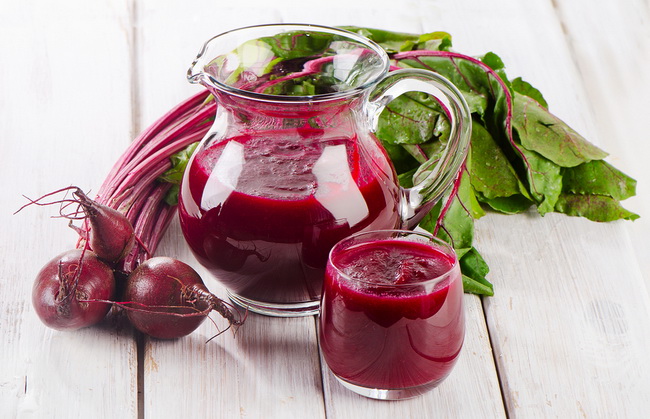- Make It Yourself Lavender Heart-Shaped Bath Bombs!
- 20 Things You Never Knew About “Down There”
- 12 Best Foods For Those Suffering From Arthritis Pain
- 12 Personal Hygiene Mistakes Almost Everyone Makes (Mom Never Told You About #4!)
- 15 Medicinal Plants And Herbs From The Cherokee People
- 12 Mind-Blowing Benefits Of Drinking Coconut Water During Pregnancy
- 12 Outstanding Winter Foods That Won’t Fatten You Up Like A Christmas Turkey
The Shocking Facts No One Ever Tells You about Juicing

Photo credit: bigstock.com
4. The More Expensive the Juicer, the Better it Works
Manufacturers who sell those expensive juicers will tell you this, but that’s because they have something to sell you! Many blenders work well but if you have your heart set on a juicer, read reviews and shop around. Sometimes you get what you pay for, but in this case, more expensive is not necessarily better.
SEE ALSO: How to Get Started Juicing, How to do it Right, and What to Avoid
5. The Best Juices are Those with No Dairy or Fat, such as Avocados or Butter
A new study shows that this is definitely not true. Researchers at Purdue University found that adding a little fat can help your body absorb nutrients. This research did use salads instead of juicing, but the idea is the same. When subjects were served vegetable salads that included various amounts and types of salad dressings (fat free, saturated fat, monounsaturated and polyunsaturated types) they found that the blood of subjects who ate fatty dressings had more healthy carotenoids, such as lycopene, beta-carotene, and lutein, than those who ate non-fat dressings. Carotenoids are known for being super disease fighters and can reduce the risk of heart disease, protect bone density levels, slow age related eye diseases and even lower the risk of cancer.
In fact, these researchers found that the salads that had the most amount of fat (20 grams) gave subjects the highest absorption of carotenoids. So it goes to reason that if some fat can help you absorb more nutrients from salad veggies, the same should be true of juicing. So add some avocado, butter, or nuts to your favorite juice and get more of the vitamins you are juicing for in the first place!
Just a quick note here: If you are taking prescription drugs, talk to your doctor before you go on a juicing program. Although many people drink juices with no issues, there are possible interactions. For example, some foods such as kale and spinach contain large amounts of vitamin K and it can sometimes interfere with how blood thinners work. If you are taking any prescription drugs, always talk to your doctor first, just to be safe.
Happy Juicing!
Sources:
Jennifer Barr, MPH, RD, LDN, owner, Downingtown Nutrition & Weight Management Center; adjunct instructor, West Chester University, West Chester, PA.
Institute of Medicine. “Dietary Reference Intakes for Energy, Carbohydrate, Fiber, Fat, Fatty Acids, Cholesterol, Protein, and Amino Acids,” The National Academies Press, 2005.
U.S. Department of Agriculture: “Phytonutrient FAQs.”
Manuel Villacorta, MS, RD, founder, Eating Free; owner, MV Nutrition, San Francisco.
































